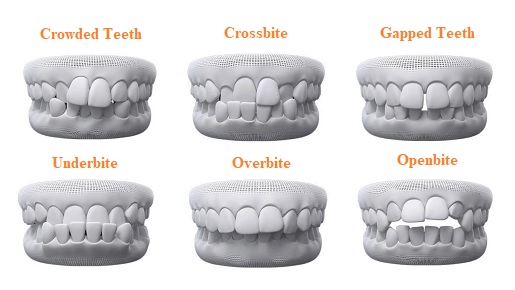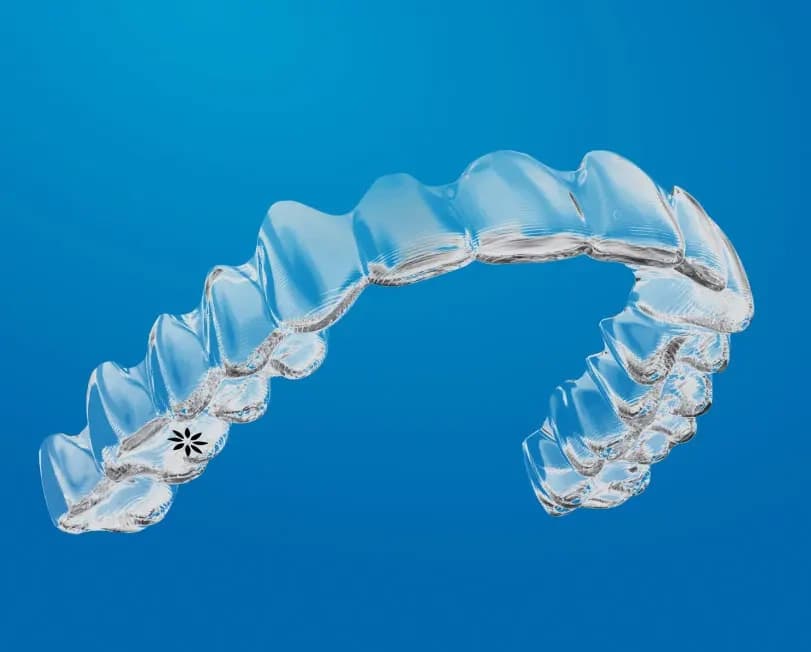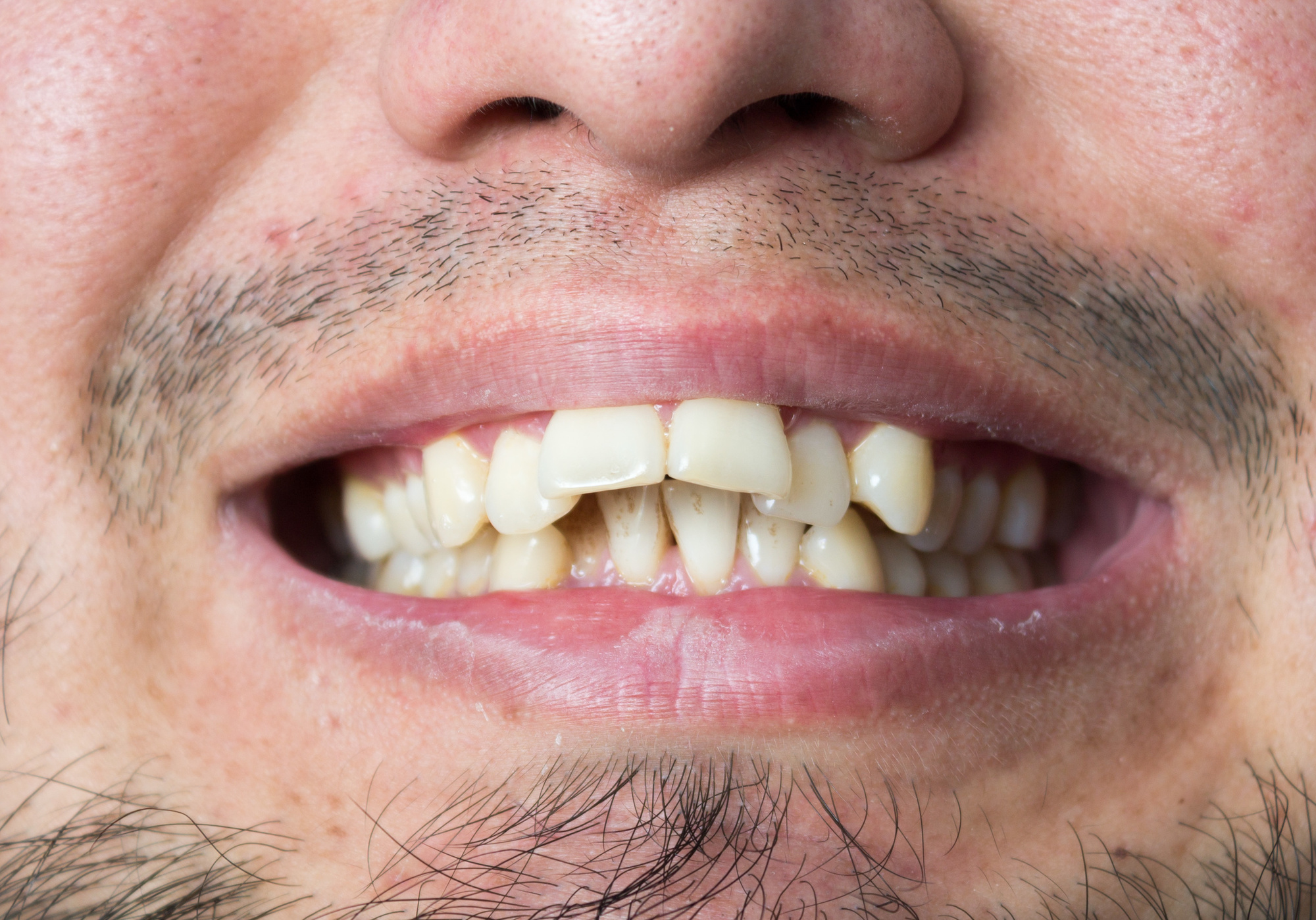Success Stories: How Invisalign Changed Lives and Improved Confidence
Success Stories: How Invisalign Changed Lives and Improved Confidence
Blog Article
Invisalign vs. Conventional Dental braces: Which Choice Is Right for You?
When considering orthodontic therapy, the option between Invisalign and typical dental braces presents several important aspects that warrant mindful examination. Invisalign supplies a discreet choice with detachable aligners, while standard braces give an extra visible yet effective solution for extreme imbalance.
Review of Therapy Alternatives

On the other hand, standard dental braces include steel braces and wires that are adhered to the teeth. This method applies constant stress in time to attain alignment. While efficient for intricate orthodontic concerns, conventional braces call for regular brows through for adjustments and can present obstacles in maintaining oral hygiene as a result of the difficulty of cleaning around brackets and cables.
Both options have their values, and the choice commonly rests on details oral problems, way of living preferences, and individual compliance. Eventually, consulting an orthodontic specialist is crucial for figuring out one of the most ideal therapy strategy tailored to individual needs. Comprehending the nuances of each option can considerably influence the overall success of orthodontic therapy.
Visual Factors To Consider
A considerable aspect affecting the option between Invisalign and standard dental braces is the aesthetic appeal each therapy uses. Invisalign aligners are crafted from clear plastic, making them essentially unseen when put on. This discreet appearance is specifically attracting teenagers and adults who might feel self-conscious concerning their orthodontic therapy. The capacity to keep a natural smile throughout the alignment procedure can dramatically improve the client's confidence in specialist and social settings.
In comparison, standard dental braces contain steel brackets and cables, which can be more obvious. While developments in orthodontic modern technology have actually led to the advancement of smaller sized braces and colored elastics, typical dental braces still keep an even more conspicuous profile. For some people, the presence of braces might deter them from seeking needed therapy.
Inevitably, the selection between Invisalign and standard dental braces might hinge on personal preferences pertaining to aesthetic appeals. Clients who prioritize discretion often favor Invisalign, while those that are less concerned regarding exposure may choose for typical dental braces. Recognizing the visual effects of each alternative is vital for making an educated choice that straightens with one's way of living and choices.
Convenience and Convenience

In regards to convenience, Invisalign aligners are removable, allowing patients to enjoy their favored foods without restriction and keep ideal oral health. Brushing and flossing are streamlined, as the aligners can be obtained during these regimens, whereas typical braces require careful maneuvering around brackets and cords.
In contrast, traditional dental braces necessitate routine modifications, making them less hassle-free for those with hectic schedules. In general, the comfort and convenience of Invisalign make it an enticing choice for several people looking for orthodontic treatment.
Therapy Duration and Performance
While both Invisalign and traditional dental braces work in fixing oral misalignments, the duration of therapy can vary considerably in between both choices. Typically, Invisalign therapy can take anywhere from 12 to 18 months, relying on the intricacy of the instance. The clear aligners work by gradually shifting teeth into their desired positions, and normal follow-ups with an orthodontist help ensure development stays on course.
On the other hand, standard braces frequently require a longer dedication, normally varying from 18 months to three years. This is because of their fixed nature and making use of wires and these details brackets, which can be much more efficient for extreme imbalances and complicated cases (Invisalign). The treatment performance of standard dental braces is well-documented, as they permit for precise adjustments and greater control over tooth movement
Eventually, the selection between Invisalign and conventional dental braces may hinge on both the anticipated therapy duration and the certain oral problems at hand. Consulting with an orthodontist is critical, as they can provide customized referrals based on individual demands, making certain the picked technique lines up with preferred end results and timeframes.
Cost Comparison and Insurance Policy Choices
Cost plays a considerable function in the decision-making procedure for people thinking about orthodontic therapy, whether choosing Invisalign or typical dental braces. Usually, the cost of Invisalign arrays from $3,000 to $8,000, while conventional dental braces typically set you back between $2,000 and $6,000. Aspects affecting these expenses consist of the complexity of the situation, the duration of therapy, and geographical area.
Insurance insurance coverage can substantially impact out-of-pocket costs. Several dental insurance policy strategies supply partial coverage for orthodontic therapies, but the specifics can differ extensively. It is crucial for clients to examine their insurance coverage plans to establish the level of coverage for see this page either option. Typically, traditional dental braces may be a lot more regularly covered by insurance plans compared to Invisalign, which some insurers categorize as a cosmetic procedure.
Additionally, a number of orthodontic methods use versatile payment plans, making both treatment choices more accessible. Patients should inquire regarding potential funding choices and discount rates for ahead of time payments. Evaluating the complete price, consisting of insurance policy advantages and layaway plan, is important for making an educated decision that lines up with both visual choices and budget factors to consider.

Final Thought
In recap, the choice in between Invisalign and conventional braces rests on numerous aspects, consisting of aesthetic preferences, comfort, treatment duration, and cost. Invisalign provides a discreet, removable alternative that facilitates dental health and dietary versatility, while conventional braces may be better for complex dental issues and usually come at a lower cost point. Eventually, appointment helpful hints with an orthodontist is important to analyze private scenarios and determine one of the most appropriate treatment option for attaining ideal dental alignment.
When considering orthodontic treatment, the choice in between Invisalign and typical braces offers a number of important variables that warrant careful analysis.Comparing Invisalign and standard braces discloses distinctive treatment options for orthodontic improvement.While both Invisalign and standard dental braces are effective in remedying dental misalignments, the period of therapy can vary considerably between the two choices.Cost plays a significant function in the decision-making process for individuals thinking about orthodontic treatment, whether deciding for Invisalign or traditional braces.In recap, the option in between Invisalign and traditional braces hinges on several variables, including visual choices, convenience, treatment period, and expense.
Report this page